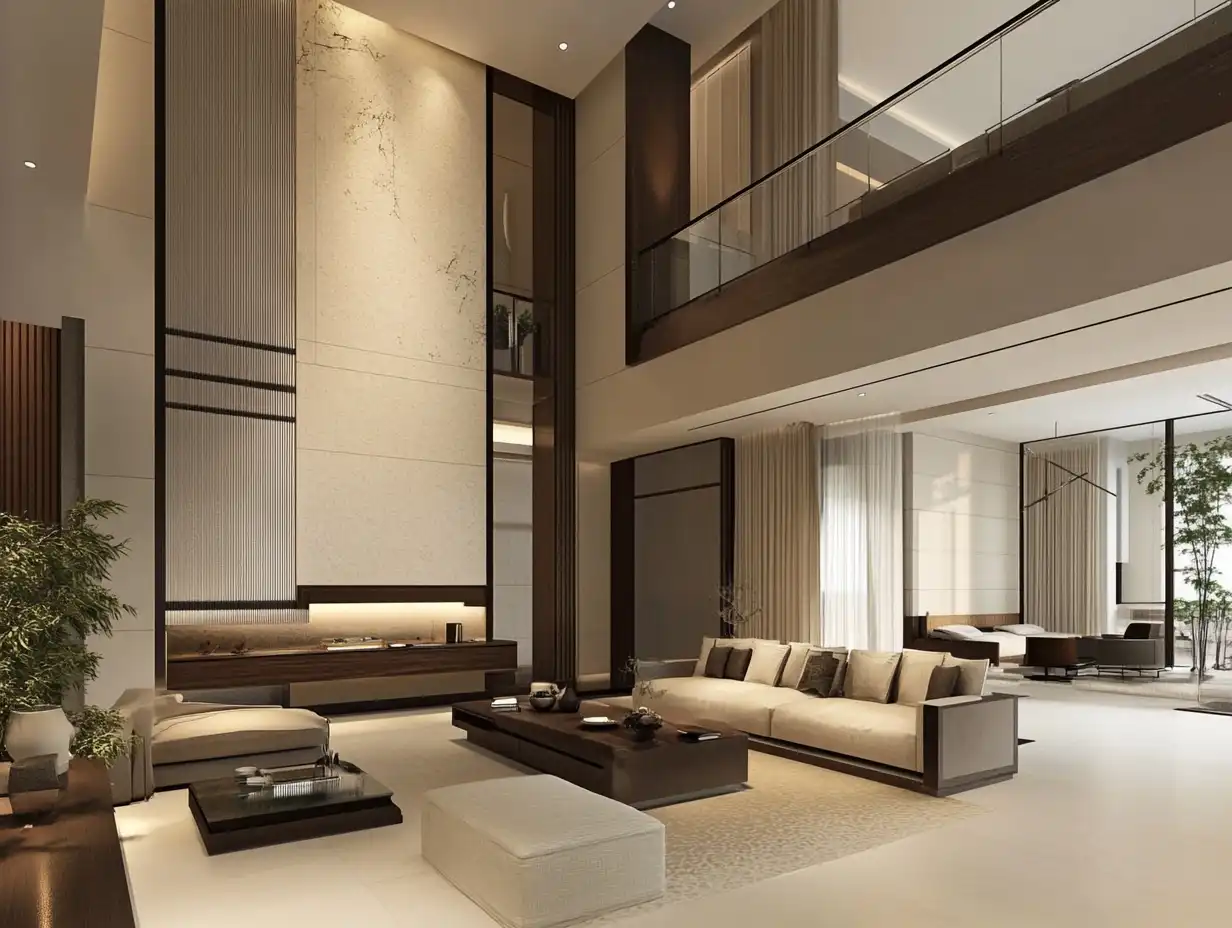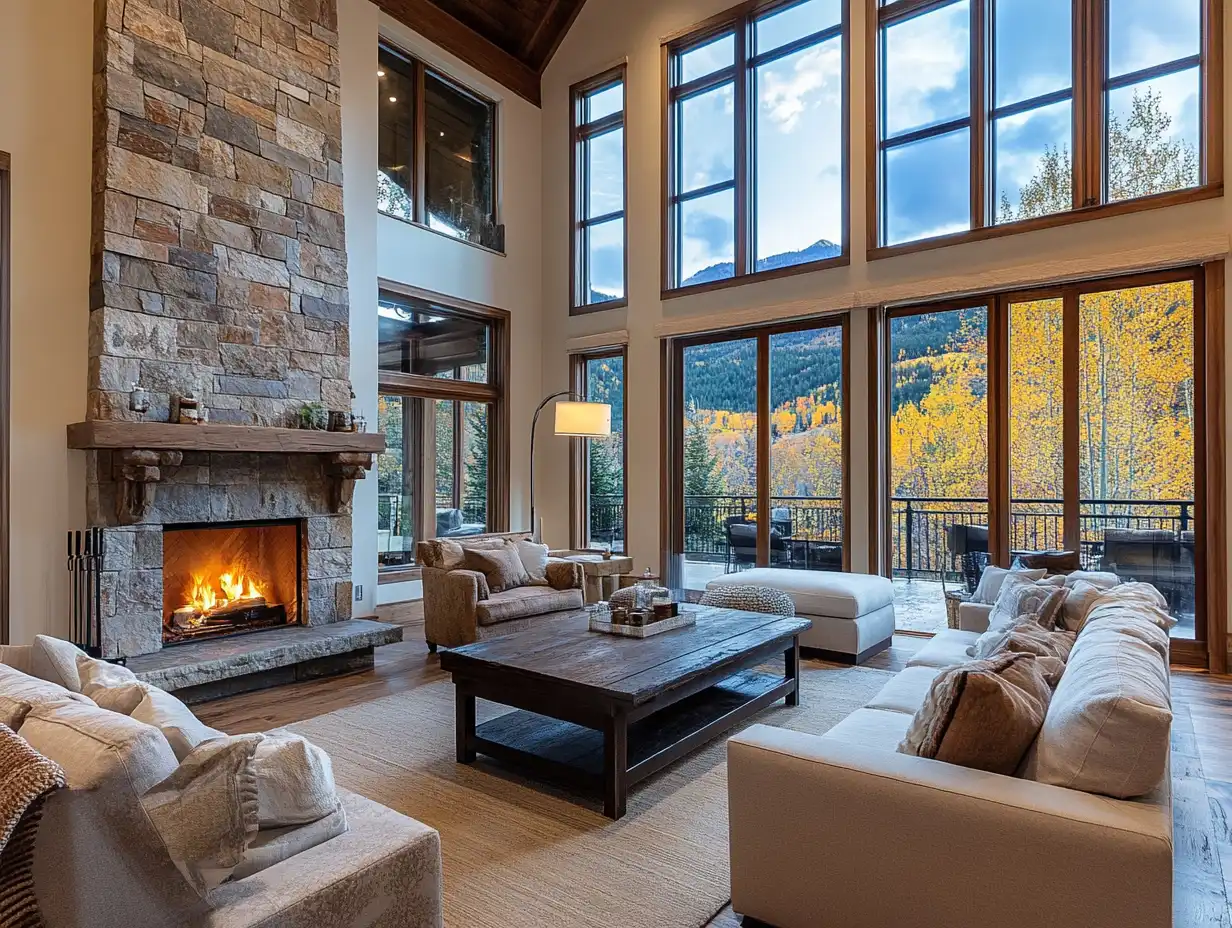Our pets are more than just animals—they’re family. As we design our homes, it’s important to create spaces that are not only stylish but also safe and comfortable for our furry companions. Balancing aesthetics with functionality might seem tricky, but with a little planning, we can craft interiors that cater to both our needs and theirs.
From choosing pet-friendly furniture to incorporating clever storage for toys and supplies, there are countless ways to make our homes more pet-inclusive without sacrificing style. Whether we’re welcoming a new pet or updating our space, a thoughtful approach ensures our homes remain a haven for everyone. Let’s explore how to merge design and practicality to create a harmonious environment for us and our pets.

Understanding Pet-Friendly Interior Design
Pet-friendly interior design creates spaces that cater to the needs of pets while maintaining an aesthetic appeal. It prioritizes durable, easy-to-clean materials, practical layouts, and safe elements that enhance comfort for both pets and humans.
Key Elements of Pet-Friendly Design
- Durable Materials: Select materials like leather, microfiber, or outdoor-grade fabrics for furniture. These are resistant to scratches, stains, and fur.
- Flooring Choices: Use hard surfaces like tile, laminate, or sealed hardwood. These are easier to clean than carpets and reduce odor retention.
- Safe Decor: Avoid breakable items, toxic plants, and dangling cords. Opt for sturdy decor to prevent accidents.
- Comfort Zones: Designate specific areas with beds or cushions for pets to rest.
Benefits of Pet-Conscious Spaces
Creating pet-conscious interiors improves functionality and reduces wear and tear. Durable furnishings and flooring last longer, even with active pets. Safer decor minimizes risks, offering peace of mind. Thoughtful layouts and comfort zones ensure pets feel secure and welcome at home.

Choosing Safe Materials For Your Pet
Selecting materials thoughtfully enhances both safety and style in pet-inclusive spaces. Using pet-friendly options minimizes risks while maintaining a cohesive and appealing interior.
Pet-Safe Fabrics and Upholstery
Opting for durable and stain-resistant fabrics contributes to maintaining clean and stylish furniture. Consider microfiber, leather, and synthetic blends for their high resistance to scratches and easy cleaning. Avoid delicate materials like silk or velvet, which can trap fur and are prone to damage. Ensure upholstery is tightly woven to minimize the risk of claws getting caught.
Incorporate slipcovers or washable options for high-traffic seating areas where pets frequent. Examples include machine-washable cotton covers or waterproof layers for added ease of maintenance.
Non-Toxic Paints and Finishes
Using paints and finishes free from harmful chemicals keeps pets safe from toxic exposure. Choose water-based, low-VOC, or VOC-free paints to minimize fumes and reduce the risk of ingestion if pets lick walls. Look for products certified as pet-safe, such as Greenguard Gold-certified paints.
Seal wooden surfaces with pet-friendly finishes to prevent splinters or toxic residue. For example, linseed oil or beeswax-based products offer natural alternatives to conventional sealants. Verify safety through product labels or manufacturer guidelines.

Creating Stylish Spaces For Pets
Designing pet-friendly interiors doesn’t mean sacrificing style. We can seamlessly integrate pet-centric elements into our homes while maintaining a sophisticated look.
Incorporating Pet Furniture Into Your Design
Pet furniture can blend seamlessly with our existing decor when selected thoughtfully. Opt for pet beds, crates, or scratching posts that match the room’s color scheme or materials. For example, wooden frames or neutral fabric bedding pairs well with modern or rustic interiors. Multifunctional furniture like ottomans housing hidden pet beds offers both utility and style. Prioritize compact, durable designs for smaller spaces to maximize efficiency.
Blending Functionality With Aesthetic Appeal
Stylish pet spaces are as functional as they are visually appealing. Use rugs made from stain-resistant materials to protect floors while enhancing the room’s style. For dining areas, raised pet feeders crafted from wood or ceramic fit both modern and classic designs. Built-in storage for leashes, toys, or treats ensures a clean, organized look. Designate corners or alcoves as pet lounges to merge their space naturally into ours, creating balanced interiors.

Practical Tips For a Safe Pet Environment
Creating a pet-safe interior doesn’t mean compromising style. We can design pet-friendly spaces that prioritize safety while maintaining an elegant and functional home.
Avoiding Hazardous Items and Decor
Harmful items can jeopardize both aesthetics and pet safety. We avoid breakable objects like glass vases or fragile ceramics in accessible areas. Toxic plants, such as lilies or pothos, are excluded, opting instead for pet-safe options like spider plants or areca palms. Open flames from candles or fireplaces are safeguarded with barriers or flameless alternatives. Electrical cords are concealed or covered to prevent chewing hazards. For decor with small parts, such as beaded curtains or tassels, we ensure they’re beyond our pets’ reach to reduce choking risks.
Pet-Proofing Your Home
Pet-proofing ensures spaces are both secure and functional for pets and humans. We install baby gates or pet barriers to prevent access to restricted zones, like kitchens or staircases. Non-slip rugs or carpets are placed on slippery floors to aid pets’ mobility. Secure trash cans with lids or pet-proof openings keep curious pets safe from harmful ingestion. Anchoring heavy furniture prevents accidents when pets climb or play. Drawers, cabinets, and storage units with dangerous items, such as cleaning supplies, are locked or secured. We create accessible zones for pets while safeguarding areas where hazards exist.
Maintaining Cleanliness In Pet-Friendly Interiors
Keeping pet-friendly interiors clean involves strategic choices in design and organization. With the right materials and systems, we can simplify maintenance without sacrificing style or comfort.
Easy-To-Clean Surfaces and Fabrics
Selecting easy-to-clean materials reduces cleaning time and ensures surfaces remain visually appealing. For floors, hard options like tile, vinyl, and sealed hardwood are preferable, as they’re resistant to stains and scratches. Using washable area rugs made from materials like polypropylene or outdoor-grade fabrics protects floors while being easy to sanitize.
For furniture, stain-resistant fabrics like leather and microfiber are ideal. Adding machine-washable slipcovers provides extra protection and simplifies maintenance. Neutral tones with subtle patterns can disguise pet fur and minor stains effectively, keeping interiors looking fresh.
Organizing Pet Essentials
A clutter-free environment contributes to cleanliness and organization. Dedicated storage solutions like baskets, cabinets, or drawers help keep pet supplies, such as toys, grooming tools, and leashes, organized and out of sight. Incorporating labeled bins simplifies access and reduces clutter around living spaces.
Built-in storage solutions like hidden compartments under seating or multifunctional furniture with storage features enhance both cleanliness and design. Keeping feeding areas tidy with mats under food and water bowls prevents spills from staining floors and makes cleaning up easier. Using designated spaces for supplies ensures a streamlined, well-maintained interior.
Conclusion
Safe and stylish pet interior design combines functionality with aesthetics, creating harmonious spaces for both pets and owners. By prioritizing durable materials, selecting pet-friendly furniture, and designing spaces to accommodate pets, we can ensure our homes remain beautiful and practical. Emphasizing safety measures, such as securing decor and using non-toxic finishes, further supports a pet-inclusive environment. Thoughtful planning and strategic choices allow us to balance style with the needs of our pets, fostering welcoming, organized interiors for every family member.
- creating pet-friendly spaces
- designing with pets in mind
- harmonious pet living spaces
- interior design for pet owners
- pet interior design tips
- pet-friendly decor inspiration
- pet-friendly home design
- Pet-friendly interior design
- pet-friendly lighting solutions
- pet-inspired home design
- pet-safe fabric choices
- pet-safe home furnishings
- pet-safe plant ideas
- safe pet design ideas
- safe pet flooring options
- stylish pet furniture
- stylish pet home decor














Leave a comment